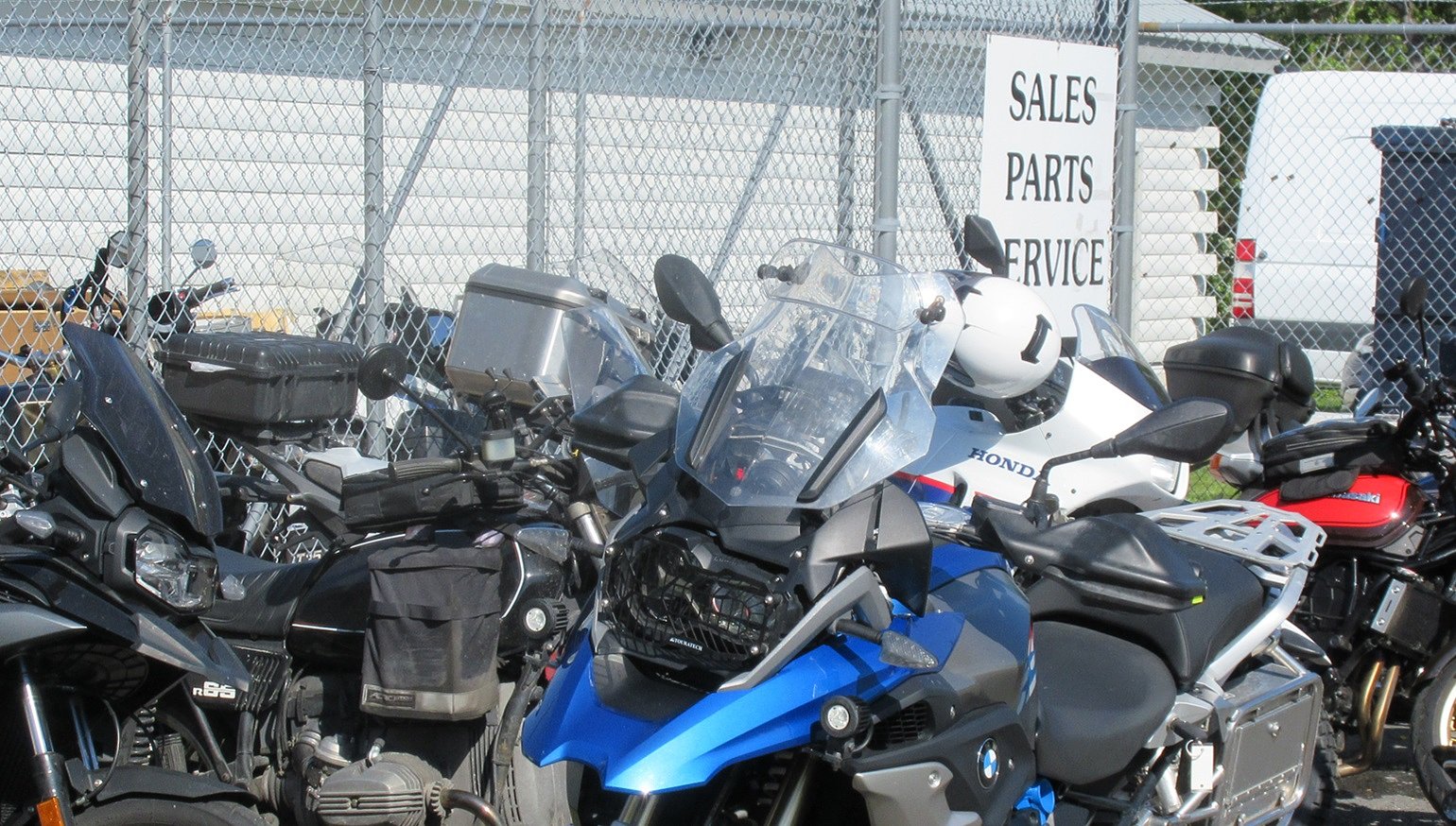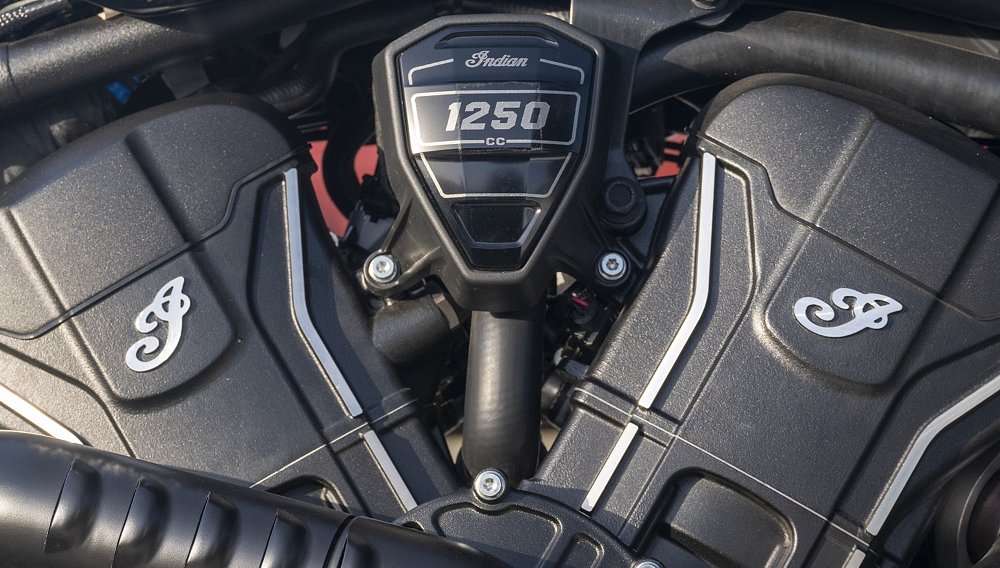Trees don't grow to the moon and while sometimes things aren't what they seem, sometimes they are.
I know, at this point you're thinking I'm making about as much sense as a presidential candidate. Or maybe a worm ate part of my brain. But actually, those thoughts came to mind after I spent a little time looking through the U.S. motorcycle sales statistics for the first quarter of 2024.
The saying about trees is a cautionary reminder that even the strongest trend eventually hits some physical limits, and as for subjective impressions matching objective reality, well, sometimes it happens that way. But enough of that. Let's look at motorcycle stats.
Soft overall
Looking at the macro picture, total new motorcycle sales in the United States were down 5.4% in the first quarter of 2024 compared to the first three months of 2023, according to the quarterly report from the Motorcycle Industry Council (MIC). Digging below the headline number shows that it could have been worse, however. Sales started off slow in January, compared to the year before, and remained weak in February. In March, sales were actually slightly higher than in March of 2023.
I don't see anyone expecting 2024 to be a strong year for U.S. motorcycle sales. As I recently reported, both Harley-Davidson and Indian parent company Polaris expect unit sales to be down by up to 10% and there's a general expectation that stubborn inflation, which is pinching consumers' budgets, and high interest rates, which makes discretionary purchases like a new motorcycle more expensive for borrowers, will continue to weigh on sales.
Looking beyond sales of new motorcycles, the same pressures can be seen in the form of softening of prices for used bikes. According to the Market Report from National Powersport Auctions, wholesale prices were down slightly in every category of motorcycle in March of 2024 compared to March of 2023. "Used pricing has finally returned to normal levels post COVID and normal seasonality has returned," the report stated.
The MIC data also suggests that, in many ways, what we're seeing in the industry is really that return to "normal."
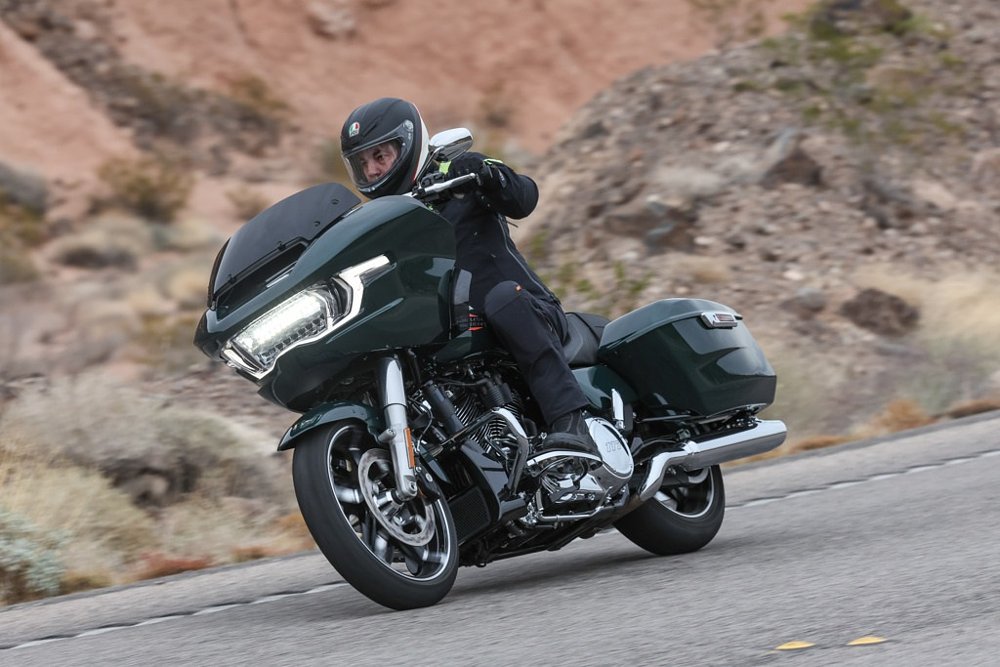
The trend's your friend until it ends
Are we back to normal? Maybe a better way to phrase the question is whether some of the unexpected trends that erupted due to the COVID-19 pandemic have run their course. More and more, it looks like those aberrations — which included some wild swings in motorcycle sales stats — are now behind us.
After the pandemic interrupted production of motorcycles and parts, as well as shipping them internationally, the biggest problem motorcycle dealers had for a while was finding any inventory to sell. Now, inventory levels are back to normal and dealers have returned to the age-old challenge of selling the inventory they have. Evidence of that is found not just in company reports but also in the reappearance of incentives, such as cash-back offers and low-interest-rate financing.
The kinds of motorcycles being sold is also returning to normal. The pandemic caused sales of street motorcycles to fall while sales of off-road and dual-sport motorcycles soared. It wasn't uncommon to see consumers complaining of waiting for months to get the dual-sport motorcycle they wanted or sellers of used dual-sports asking the original MSRP for a used model that was a year or two old.
The MIC data suggests to me that this trend has finally come to an end. Sales of dual-sport motorcycles in the first quarter were down 6.0% from last year and sales of off-road bikes were down 18.3%. Dual-sport sales have set a new record every year for several years running now, but 2024 might be the year that breaks that trend.
Where are sales growing? Big street bikes. Namely, the MIC's "Touring" category, which goes beyond traditional touring motorcycles like Honda's Gold Wing to include a wide range of baggers and other traditional, big street bikes. Sales in that category were up 14.7% over last year. Meanwhile, all categories of street bikes combined were up 2.1% in sales. It sure looks to me like American motorcyclists are going back to the norm.
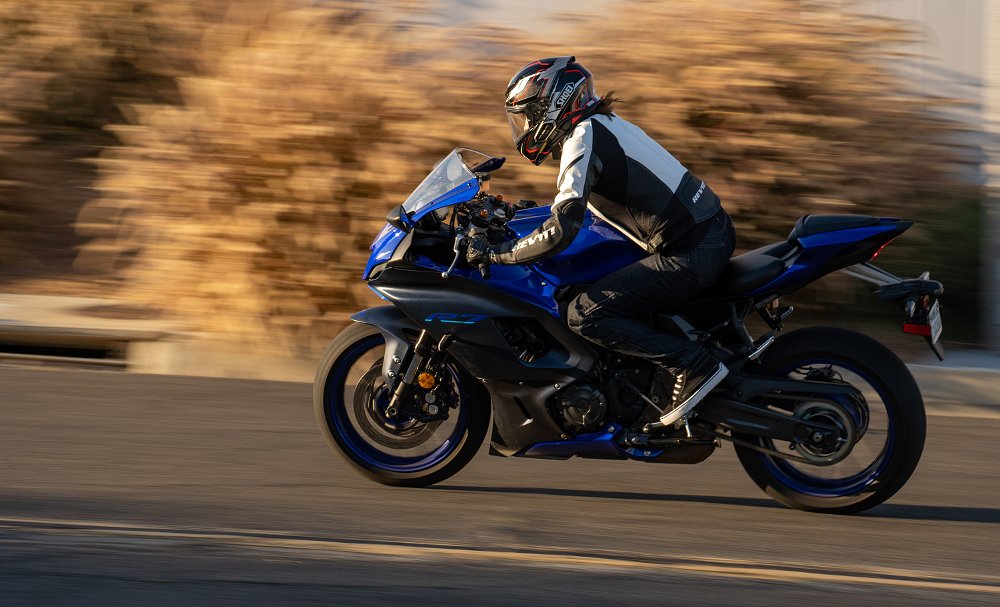
One other note that I pulled from the stats is more speculation on my part. There's been a lot of talk about the death of sport bikes, but that's another trend that I think has bottomed out. Sport bike sales were up 11.3% year over year in the first quarter, and all of that growth came from models of 500 cc and bigger. I speculate that the decline in sport bikes is partly due to the manufacturers realizing that their race-replica models had become so track-focused that they were less fun on the street and too expensive to insure, so they introduced more practical models that have revived popularity of the class (think a Yamaha YZF-R7 twin replacing the screaming YZF-R6 four-cylinder). But it has to be more than that, because the majority of the bikes the MIC classifies as "sport" are still the same old race replicas. I just think the downward trend in sport bike sales has hit bottom and is now rebounding.
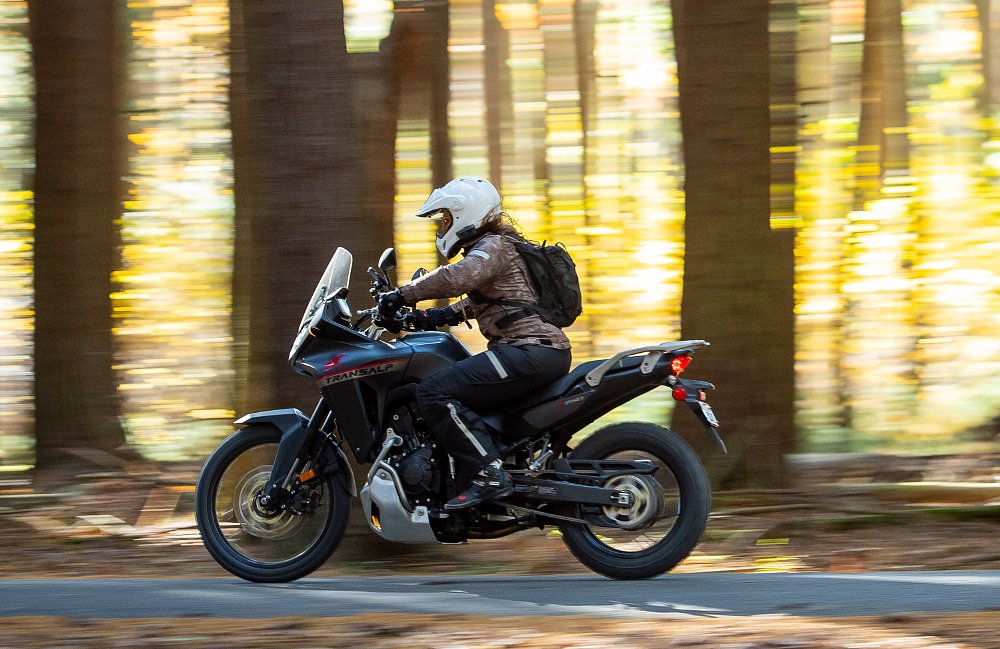
Yes, middleweight ADV bikes really are hot
Among adventure-touring bikes, it has seemed like most of the action in recent years has happened in the middleweight segment. The Aprilia Tuareg, the Yamaha Ténéré 700, and the Honda Transalp are just a few examples of excellent middleweights that have drawn new attention to the class. The stats back up that impression.
The MIC breaks down the adventure class into three displacement categories, and the 601-900 cc class is where the growth is happening, with sales up 13.1%. Meanwhile, sales were down 16.4% in the over 900 cc class and down 32.7% in the much smaller 600 cc and under class. Consumers really are migrating from the big adventure-touring motorcycles to the new middleweight entries that are lighter, less expensive, and still very versatile and capable. Sounds like a smart move to me.
U.S. motorcycle sales, which grew little in the decade between the financial crisis and COVID-19, and were then turned upside down by the disruptions of the pandemic, now appear to be returning to the stagnation and patterns we experienced before.




